Learn the different types of violins for beginners and pick the right one.

The violin is one of the most expressive and versatile string instruments in the world. It has found a special place not only in Western classical music but also in Indian classical traditions. From soul-stirring Carnatic compositions to innovative fusion performances, the violin adapts beautifully to every genre. But choosing the right violin can feel overwhelming—especially with so many types available in the market. Whether you’re a complete beginner or someone looking to upgrade, understanding the different types of violins is essential to making a smart and soulful decision.
This blog will walk you through the most common types of violins and help you decide which one is perfect for your skill level, musical goals, and interest in Indian music.
1. Acoustic Violin: The Traditional Choice

The acoustic violin is the most popular and traditional form. It’s the one you usually see in classical orchestras and Indian classical music concerts.
Features:
- Made from solid wood like spruce or maple
- Produces sound naturally through its hollow body
- Requires a bow and resin
Ideal For:
- Beginners
- Indian classical music (both Carnatic and Hindustani)
- Students pursuing violin as an academic subject
Why It’s a Great Choice:
Acoustic violins are perfect for learning proper posture, finger positioning, and bowing techniques. In India, most music schools and teachers recommend starting with this model.
2. Electric Violin: Modern and Versatile
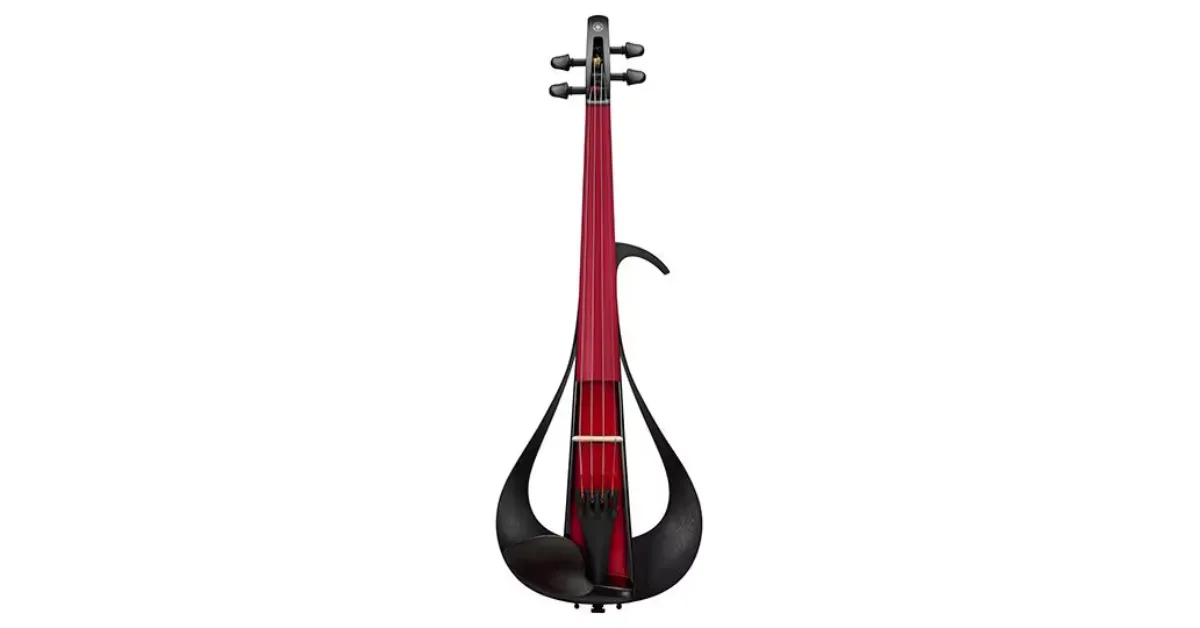
An electric violin has a solid body and relies on pickups and amplifiers to produce sound. It’s ideal for modern genres like rock, jazz, and fusion.
Features:
- Requires an amplifier and sometimes pedals
- Sleek, futuristic design
- Silent playing mode available
Ideal For:
- Intermediate and advanced players
- Stage performers and fusion artists
- Practice in noise-sensitive environments
Why It’s a Great Choice:
Electric violins offer versatility and volume control. Many Indian artists experimenting with fusion music or creating YouTube content prefer electric violins for their ease of recording and effects compatibility.
3. Semi-Acoustic Violin: The Best of Both Worlds

As the name suggests, the semi-acoustic violin blends the features of both acoustic and electric violins. It looks like a traditional acoustic model but has built-in pickups.
Features:
- Can be played acoustically or connected to an amplifier
- Ideal for stage performance with traditional tone
- Slightly heavier than a regular acoustic violin
Ideal For:
- Intermediate players
- Musicians playing Indian classical on stage
- Fusion and film musicians
Why It’s a Great Choice:
It’s perfect for Indian classical performers who want the acoustic sound but also need amplification for large concerts.
4. Silent Violin: For Undisturbed Practice
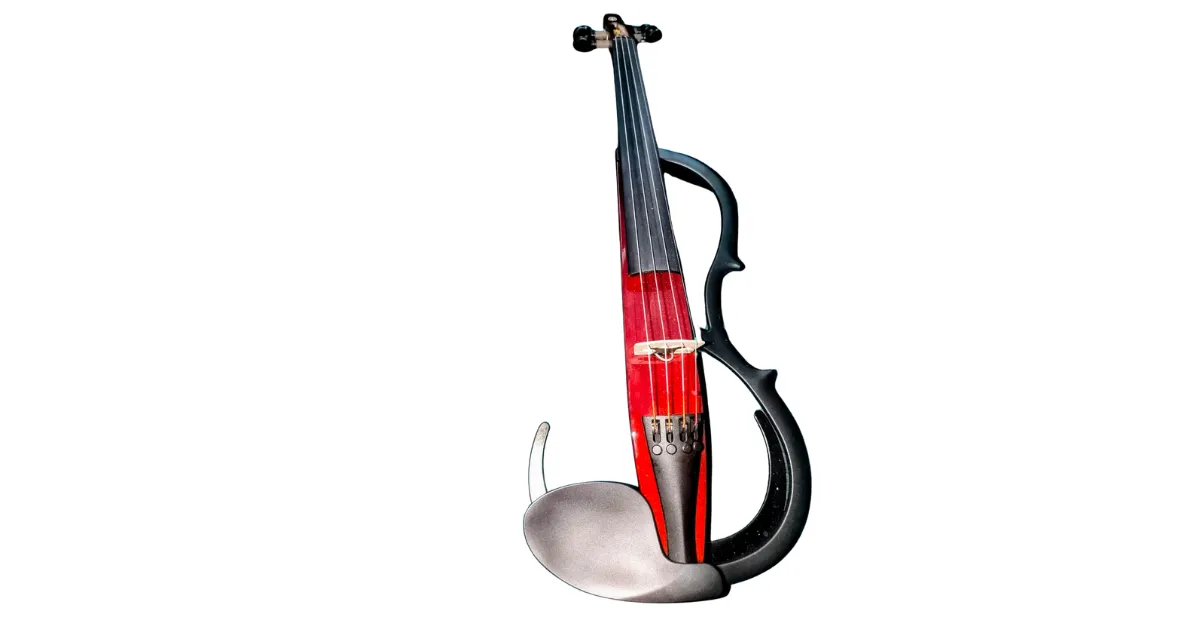
A silent violin is similar to an electric violin but specifically designed for practice without disturbing others.
Features:
- Comes with a headphone jack
- Lightweight and compact
- No natural acoustic sound
Ideal For:
- Beginners practicing at home
- Students living in hostels or apartments
- Night-time practice
Why It’s a Great Choice:
For Indian students preparing for music exams or those practicing ragas for hours, silent violins can be a lifesaver in shared living environments.
5. 5-String Violin: Extended Range for Advanced Players
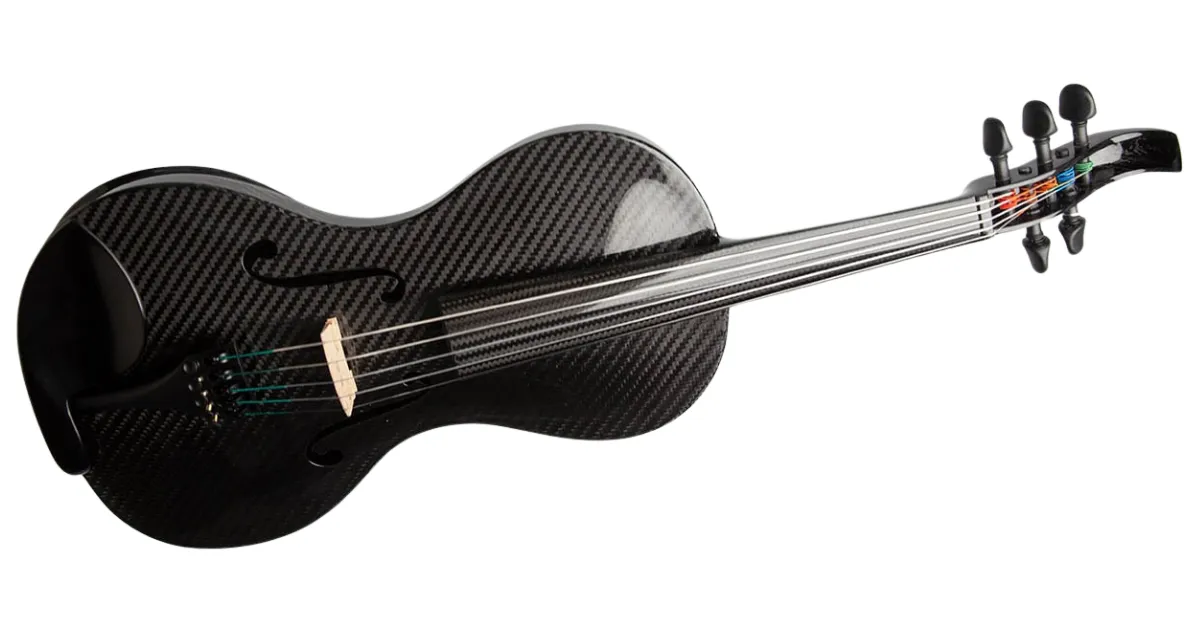
This violin includes an additional lower string (C string), allowing it to cover a wider range of notes.
Features:
- Typically used by advanced violinists
- Requires stronger finger techniques
- Suitable for fusion and jazz
Ideal For:
- Professional musicians
- Fusion and film background scorers
- Indian violinists exploring contemporary styles
Why It’s a Great Choice:
For those blending Carnatic violin with jazz or fusion, this violin offers extended range and deeper tones that open up new creative possibilities.
6. Baroque Violin: Historical and Rare
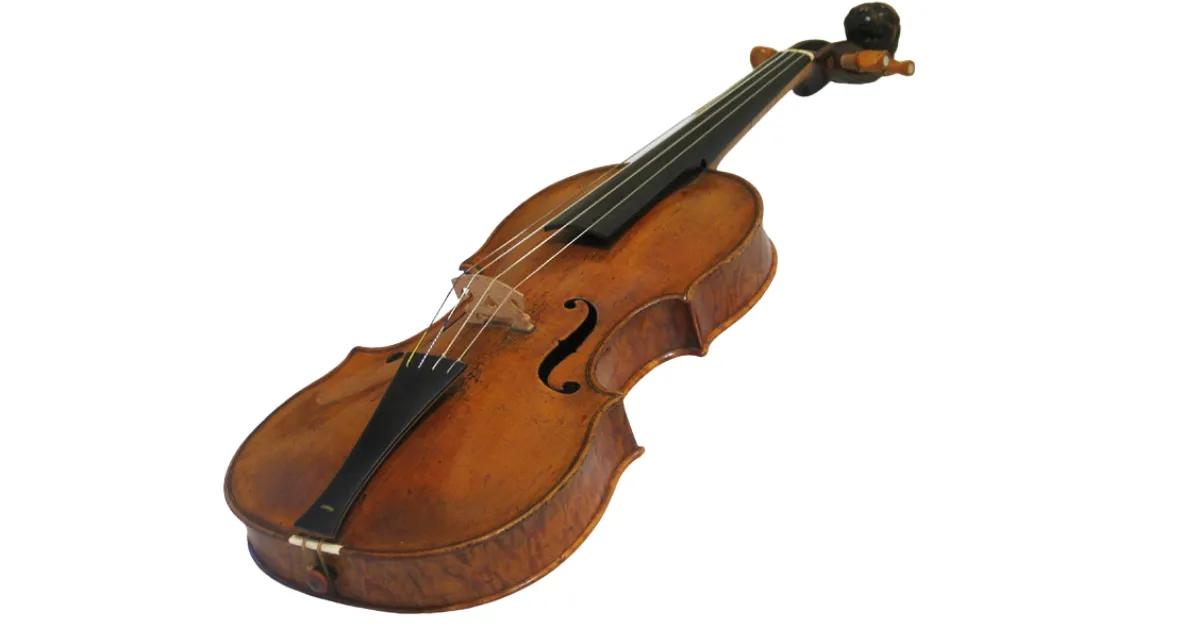
This is a replica of violins used during the Baroque era, made without modern enhancements like chin rests or steel strings.
Features:
- Gut strings
- Soft, warm tone
- Typically handmade
Ideal For:
- Classical purists
- Niche collectors
- Historical performance enthusiasts
Why It’s a Great Choice:
In India, this is less common, but if you’re into historical performances or teaching classical history of music, it’s a unique choice.
7. Indian Carnatic Violin: Tailored for Tradition
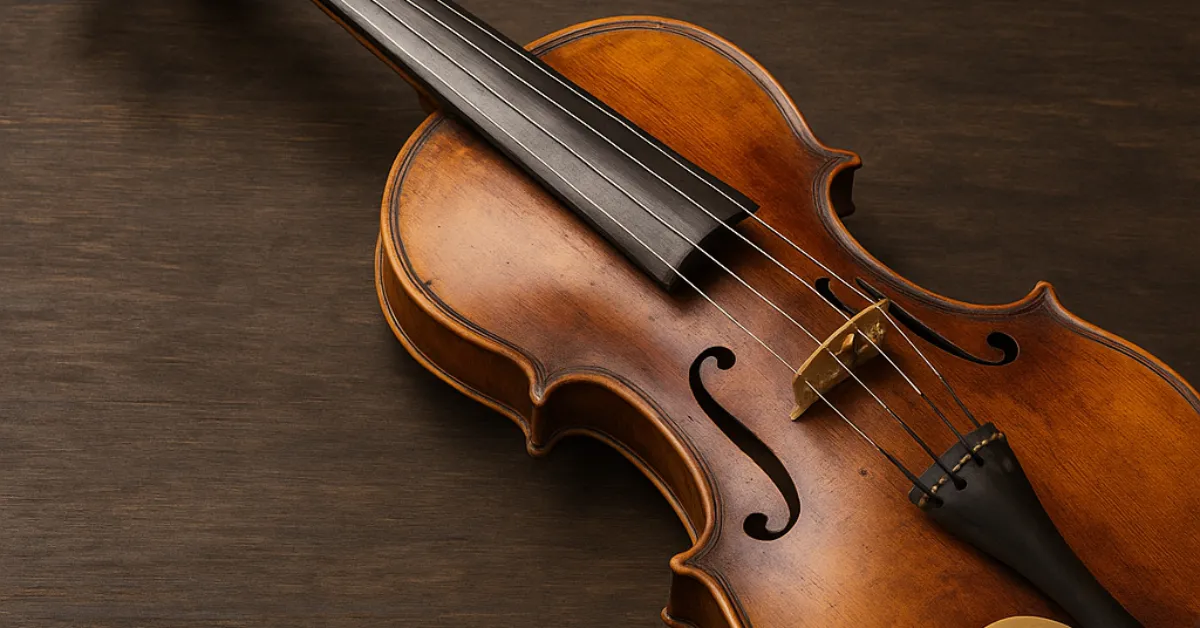
While structurally similar to the acoustic violin, the Carnatic violin differs in playing posture and tuning.
Features:
- Played sitting cross-legged
- Tuning differs slightly from Western classical violin
- Often accompanied by a mridangam
Ideal For:
- Students of Carnatic music
- Performers in classical Indian concerts
- Music college aspirants in India
Why It’s a Great Choice:
It’s a must-have for anyone learning Indian classical violin seriously. Some Indian manufacturers even craft violins specifically for Carnatic music learners.
8. Violin Sizes: What’s the Right Size for You?
Violins come in various sizes—from full size (4/4) to smaller ones (1/16) for kids.
Guide to Choosing:
- Ages 11 and above: 4/4 (full size)
- Ages 9–11: 3/4
- Ages 7–9: 1/2
- Ages 5–7: 1/4
For Indian parents looking to introduce their children to music early, small-sized acoustic violins are available and ideal for young learners.
9. Brands to Consider in India
Some popular brands in India offering quality violins for various skill levels include:
For Beginners:
- Kadence
- Juarez
- Havana
For Intermediate and Advanced:
- Yamaha (especially for electric and silent)
- Stentor
- Cremona
These brands are widely available across music stores and online platforms in India.
10. Budget Considerations
When it comes to buying a violin, the price can vary significantly based on the type, material, and brand.
Budget Guide:
- Beginner Acoustic Violin: ₹3,000–₹8,000
- Electric Violin: ₹10,000–₹30,000
- Semi-Acoustic: ₹8,000–₹20,000
- Professional Classical: ₹20,000 and above
Indian brands offer great entry-level options, especially for students appearing for Grade exams or participating in music competitions.
Conclusion
Choosing the right violin involves understanding your goals, your level of expertise, and your preferred style of music—especially if you’re learning Indian classical music. Whether you’re a beginner looking for your first acoustic violin or a professional exploring electric or semi-acoustic options, there’s something for everyone.
Remember, the perfect violin should feel comfortable in your hands and inspire you to play. In Indian music, where emotion and expression are at the heart of performance, picking the right instrument can transform your musical journey.
Invest wisely, seek advice from a trusted music teacher, and don’t hesitate to try different models. With the right violin in your hands, your musical expression becomes limitless.
At NMS Musicals, we offer a comprehensive range of musical instruments, including percussion, string, wind, and keyboard instruments. Our services encompass sales, expert servicing, and the manufacture of leather instruments. Explore our diverse collection and find the perfect instrument to suit your musical needs.
Visit our website to browse our offerings: nmsmusicals.in
For a closer look at our products, check out our shop page: nmsmusicals.in/shop
Stay connected with us through our social media channels:
- Facebook: https://www.facebook.com/nmsmusicalinstruments/
- Instagram: https://www.instagram.com/nmsmusicals/?hl=en
- YouTube: youtube.com/@nmsmusicals
Our shop locations are:
- Puducherry: 149, Perumal Koil Street, Heritage Town, Puducherry, 605001.
Map Link: https://maps.app.goo.gl/ejDwBBFEJmd3szxk7 - Chennai: No: 1, 1st Floor, Kandigai Street, TVS Nagar, Korattur, Chennai – 600076.
Map Link: https://maps.app.goo.gl/7oXmB6X7KQsqeuuw9
For inquiries, contact/Whatsapp us at 9500663895 or email us at laxman.m89@gmail.com.
Discover the world of musical instruments with NMS Musicals today!
For a visual overview of our percussion instruments, watch the following video:


 Cart is empty
Cart is empty 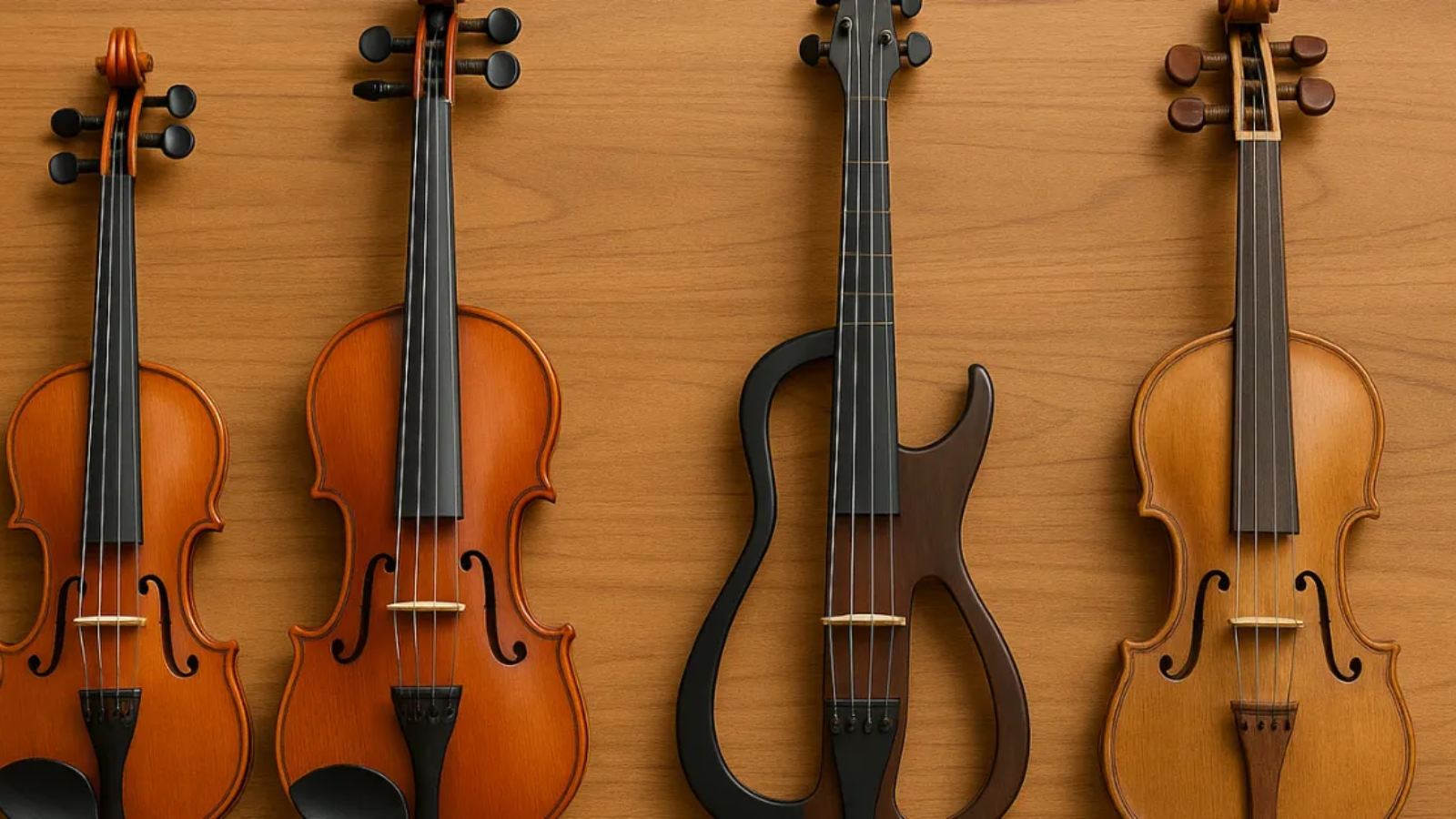
Leave A Comment
You must be logged in to post a comment